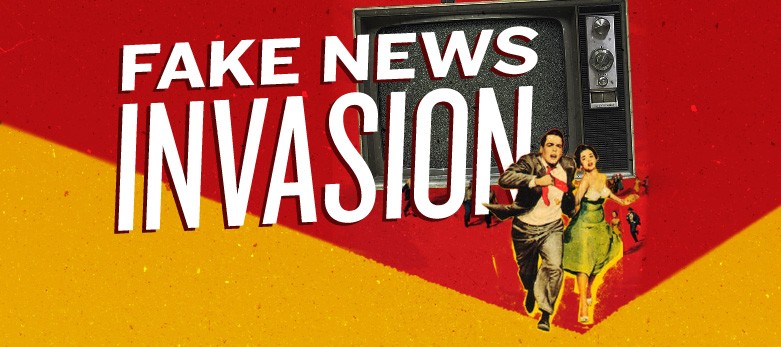Get Educated: Fake News Sites

- Suzette’s Cancer Journey - September 8, 2023
- My Black to Green Thumb - March 15, 2023
- Suzette and her three husbands by Suzette Standring - March 4, 2023
(Photo from Snopes.com)
Do I have to “Snopes” every shocking headline nowadays? For readers many fake news sites look legit, just like those taken down by Google: baltimoregazette.com, denverguardian.com as well as parasitic domain-named sites such as USAToday.com.co and WashingtonPost.com.co. However, news hoaxes will reappear in other forms fueled by ad networks hungry for eyeballs.
While false news has been a scourge for years, public manipulation reached a high during the elections. Who are these people?
NPR tracked down 40-year-old Jestin Coler of California, founder and owner of the aptly named Disinfomedia, whom NPR described as the “godfather” of faux news sites. In 2013, Coler’s first site, NationalReport.net churned out rat trash fiction such as food stamps being used to buy pot in Colorado, a lie that sparked actual legislation. (Now the National Report has taken a satiric turn). Denverguardian.com now cancelled, went viral with the lie, “FBI Agent Suspected In Hillary Email Leaks Found Dead In Apparent Murder-Suicide,” receiving 1.6 million views in ten days. The Baltimore Gazette spread the untrue story that Hillary Clinton received questions for the first presidential debate a week in advance.
Today Coler owns numerous fake news sites, and Disinfomedia employs about 20-25 writers. Coler told NPR that a site can rake in $10,000 to $30,000 monthly, but he would not specify his personal revenue. So what if Google closed sites and cancelled its advertising? Coler is hounded to open new ones by hundreds of ad networks eager to advertise.
Coler told NPR, “I’ve always enjoyed the ideas of propaganda and misinformation. Then I coupled that with an interest in what makes things go viral.”
It’s easier (and lucrative) to make stuff up. The anonymity of domain registration makes it difficult to track down the owner, writers operate under pen names, and it’s getting harder to distinguish faux news sites from legitimate news sources. False news promoters use social media to plant story links among opposition groups rabid for blood.
Too many readers are lazy and complacent about facts. Prof. Robert G. Picard of Reuters Institute is a global expert on media economics and business issues. He confirms that most readers don’t finish articles, often skimming headlines, believing they can just check on-line for facts, which means type in a keyword and read a lie. (Maybe there’s hope yet for print newspapers.)
Get yourself and your readers familiar with fake news sites. Melissa Zimdars, an associate professor of Communication and Media, at Merrimack College in Massachusetts updates a list of false sites for her journalism students. Another list of fake sites is http://www.fakenewswatch.com
Don’t be so quick to “like” or spread lurid headlines. A woman was not sentenced to seven years in prison for breastfeeding in public. There is no planned “Muslim registry.” There was no voter fraud by three million undocumented people. It’s a royal pain and a timesuck to debunk lies woven from distortion and wildfire emotions, but do it we must.
This column ran in the December 2016 newsletter for The National Society of Newspaper Columnists. Suzette